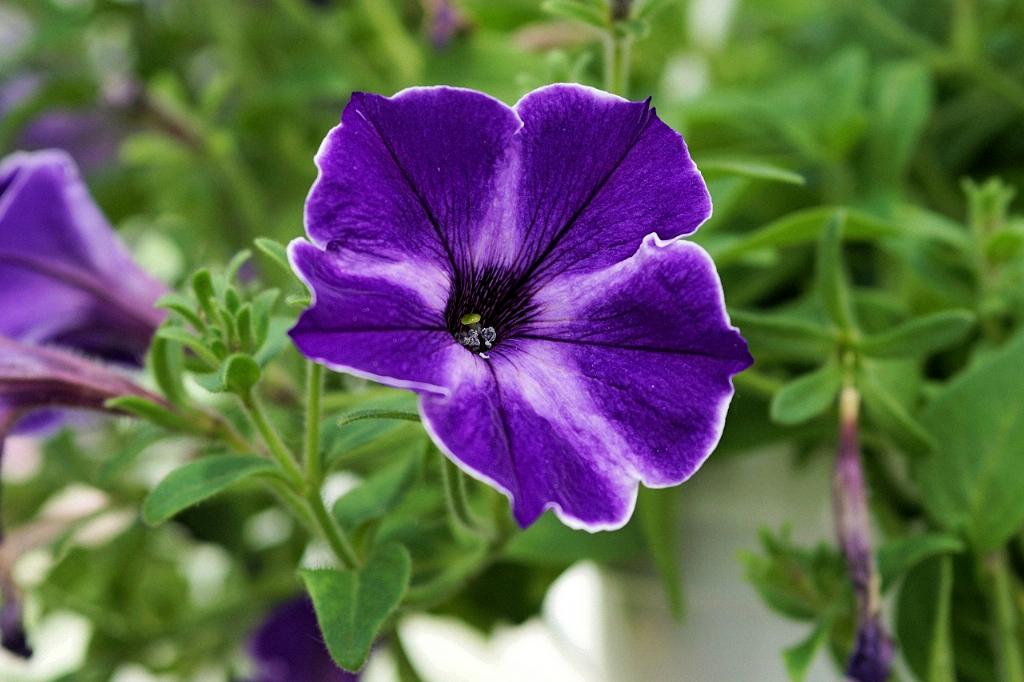When petunias start to get leggy, it means they are growing long stems with fewer leaves and flowers. This can happen due to various factors such as insufficient sunlight, overcrowding, or lack of pruning. If left unattended, leggy petunias can look straggly and may not produce as many blooms as they should.
Signs Your Petunias Need Trimming
To determine if your petunias need trimming, look for long, thin stems with sparse foliage and flowers. If you notice that the plant is growing tall and spindly instead of bushy and compact, it’s a sure sign that it’s time for a trim. Trimming back leggy growth will encourage the plant to become more full and healthy.
The Importance of Pruning
Pruning petunias is essential for maintaining their shape and encouraging new growth. By cutting back leggy stems, you’re promoting fresh blooms and a more compact growth habit. This process allows the plant to redirect its energy from growing tall stems to producing more flowers, resulting in a healthier and more vibrant petunia.
Trimming Technique for Petunias
When trimming leggy petunias, it’s crucial to use sharp, clean pruning shears to make precise cuts. Start by identifying the long, thin stems that need to be trimmed and make a cut just above a set of healthy leaves or nodes. This will encourage branching and new growth in the plant.
How Much to Trim
When deciding how much to trim off your petunias, aim to remove around one-third of the overall plant height. This may vary depending on the severity of legginess, but the goal is to strike a balance between reducing the height and maintaining the plant’s overall health.
When to Trim Petunias
The best time to trim leggy petunias is in the early spring or late summer. By trimming them before the growing season or after the first flush of flowers, you’re giving the plant a chance to respond and produce new growth without sacrificing too many blooms.
Aftercare and Maintenance
After trimming your petunias, be sure to water them well and provide a balanced fertilizer to support new growth. Regular deadheading of spent blooms will also help encourage the plant to continue blooming throughout the season.
Preventing Legginess in Petunias
To prevent petunias from becoming leggy in the future, ensure they receive adequate sunlight, proper spacing, and regular pruning. Pinching back the stems when the plant is young can also help promote a bushier growth habit and more flowers.
Common Mistakes to Avoid
One common mistake when trimming petunias is cutting them back too harshly, which can stress the plant and inhibit new growth. It’s essential to trim gradually and observe how the plant responds to avoid shock and promote healthy growth.
Adapting to Your Petunias’ Needs
Every petunia plant is unique, so it’s essential to assess the individual needs of your plant when deciding on the trimming regimen. Pay attention to how your petunias respond to pruning and adjust your techniques accordingly for optimal results.
Enjoying the Fruits of Your Labor
By taking the time to trim your leggy petunias, you’re investing in the health and vitality of your plants. With proper care and attention, you can enjoy a lush, vibrant display of blooms that will brighten up your garden and bring joy to all who see them.

Final Thoughts
Trimming leggy petunias may seem like a daunting task, but with the right techniques and a little TLC, you can help your plants thrive and flourish. Remember to trim with care, observe how your petunias respond, and enjoy the process of nurturing your garden for a bountiful display of beautiful flowers.
